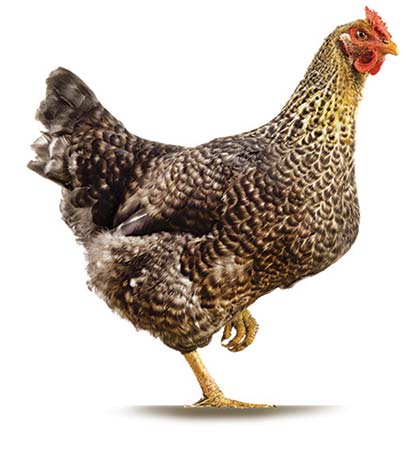USDA Confirms Additional Cases of Virulent Newcastle Disease in Backyard Birds in California
California Backyard Chickens Succumb to Newcastle Disease
News Release Edited By Patrick Cavanaugh
The United States Department of Agriculture’s (USDA) Animal and Plant Health Inspection Service confirmed five additional cases of virulent Newcastle disease in backyard exhibition chickens in California—two in Los Angeles County, one in Riverside County and two in San Bernardino County.
A complete list of confirmed cases is available on the USDA’s website at www.aphis.usda.gov/animalhealth/vnd.
Virulent Newcastle disease has not been found in commercial poultry in the United States since 2003.
No human cases of Newcastle disease have ever occurred from eating poultry products. Properly cooked poultry products are safe to eat. In very rare instances, people working directly with sick birds can become infected. Symptoms are usually very mild and limited to conjunctivitis. Infection is easily prevented by using the standard personal protective equipment.
Samples from the flocks were tested at the California Animal Health & Food Safety Laboratory System (CAHFS). The APHIS National Veterinary Services Laboratories in Ames, Iowa, confirms all findings. APHIS is working closely with the California Department of Food and Agriculture to respond to these findings and to conduct an epidemiological investigation. Federal and State partners are also conducting additional surveillance and testing in the area.
In addition to practicing good biosecurity, all bird owners should report sick birds or unusual bird deaths to State/Federal officials, either through their state veterinarian or USDA’s toll-free number at 1-866-536-7593. Additional information on biosecurity for backyard flocks can be found at Biosecurity for Birds.












